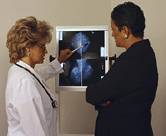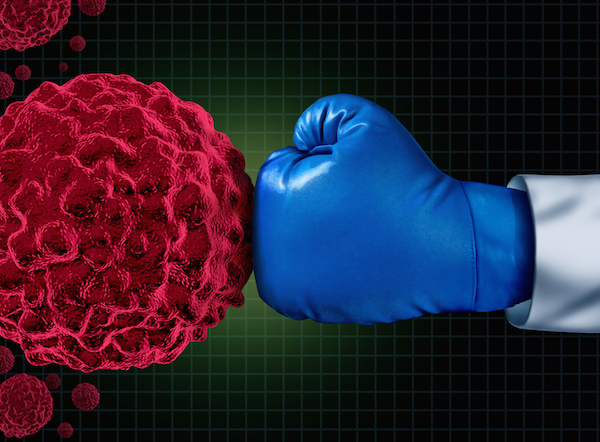
THURSDAY, Feb. 25 (HealthDay News) — Women with breast cancer who choose to have a preventive mastectomy on their disease-free breast do reduce their risk of cancer in that breast, studies have shown.
But now new research finds that the survival benefit from that preventive surgery is small and not equal among all women.
“The survival benefit was limited to a small subset of all breast cancer patients [studied],” said study author Dr. Isabelle Bedrosian, an assistant professor of surgical oncology at the University of Texas M.D. Anderson Cancer Center, in Houston.
Those most likely to derive a survival benefit, she said, were those younger than 50 who had been diagnosed with early-stage cancers that were estrogen receptor (ER)-negative.
ER-negative tumors don’t require estrogen to grow, as do ER-positive tumors, and the prognosis is poorer for the ER-negative cancers, according to the American Cancer Society.
The study is published online Feb. 25 in the Journal of the National Cancer Institute.
According to Bedrosian and others, experts have long known that women diagnosed with breast cancer have an elevated risk of developing cancer in the opposite breast. Removing that breast as a preventive measure reduces, but does not eliminate, the risk of cancer in that breast.
“But we have never really established the difference it makes in the survival of breast cancer patients,” she said. So, Bedrosian and her colleagues used data from the Surveillance, Epidemiology and End Results (SEER) database, evaluating 107,106 women with breast cancer who had undergone mastectomy for that cancer between 1998 and 2003, along with a subset of 8,902 who had the opposite breast removed as a preventive measure.
After a five-year follow-up, 88.5 percent of those who had the opposite breast surgery were alive, versus 83.7 percent of those who did not, a difference of less than 5 percent. The improved survival was clear for a select group, mostly the women aged 18 to 49 with early-stage, ER-negative tumors, the researchers found.
There was no information from the database on whether the women had genetic mutations to boost breast cancer risk, Bedrosian noted.
After five years, what might happen? “We actually would expect that number [the nearly 5 percent benefit] would increase over time,” Bedrosian said.
The findings makes sense to Dr. Allison W. Kurian, an assistant professor of medicine at Stanford University School of Medicine in Stanford, Calif., who has published research on the topic.
“These results are consistent with other studies,” she said, including her own research published in 2009 in the same journal, which found that the risk for a breast cancer in the opposite breast is affected by a variety of factors, with those having ER-negative tumors in the original breast cancer having a higher risk of getting second tumors in the opposite breast.
Bedrosian said her research suggests most women diagnosed with breast cancer shouldn’t be concerned about the opposite breast: “We cannot demonstrate for most of them a survival benefit [with preventive mastectomy on the opposite breast].”
However, she said, psychological factors should also be taken into account. “There are some patients who may feel they still want to do this,” she said.
Kurian agreed: “This paper does give more information [about the outlook for various women], but it remains a personal decision for women to discuss with their doctor.”
More information
To learn more about breast cancer, visit the American Cancer Society.

